Home / Resources
Resources
Discover a Wealth of BPM Knowledge and Expertise at BPMInstitute.org!
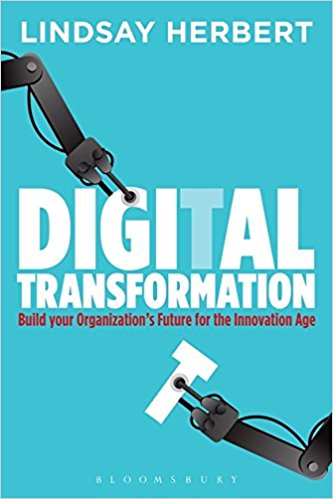
Digital Transformation: Build Your Organization’s Future for the Innovation Age
As with any large infrastructure project, the costs and risks involved in a major innovation program are significant, and how it is led and managed will directly determine its long-term success and sustainability. The secrets of successful digital transformation are usually tightly held by the organizations that achieved them; this new title unlocks the “how” of transformation through digital innovation.
Created from first-hand experiences in leading major innovation programs, supplemented by in-depth interviews with key industry players, each chapter is heavily evidenced with insider insights from the leaders and teams responsible for digital transformations around the world, including: IKEA, the UK Government, Royal Caribbean Cruises, Starbucks, KPMG, Direct Line, and the British Medical Association. Other companies interviewed include Hilton Hotels, Walgreens, Bank of Montreal, and Experian.
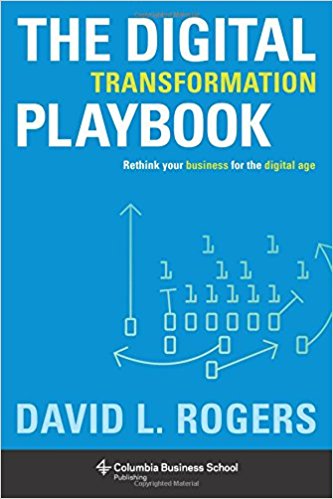
The Digital Transformation Playbook: Rethink Your Business for the Digital Age
Every business begun before the Internet now faces the same challenge: How to transform to compete in a digital economy?
Globally recognized digital expert David L. Rogers argues that digital transformation is not about updating your technology but about upgrading your strategic thinking. Based on Rogers’s decade of research and teaching at Columbia Business School, and his consulting for businesses around the world, The Digital Transformation Playbook shows how pre-digital-era companies can reinvigorate their game plans and capture the new opportunities of the digital world.
Rogers shows why traditional businesses need to rethink their underlying assumptions in five domains of strategy―customers, competition, data, innovation, and value. He reveals how to harness customer networks, platforms, big data, rapid experimentation, and disruptive business models―and how to integrate these into your existing business and organization.
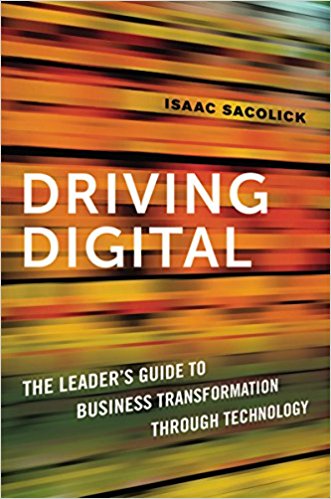
Driving Digital: The Leader’s Guide to Business Transformation Through Technology
The race is on to become a digital enterprise. Every organization has a plan for updating products, technologies, and business processes. But that’s not enough anymore. With disruptive startups outperforming industry stalwarts, executives everywhere are pushing greater growth and innovation. Staying competitive demands a complete digital transformation. For professionals charged with leading technology-driven change, the pressure is intense-and the path forward unclear. Author Isaac Sacolick has successfully spearheaded multiple transformations and helped shape digital-business best practices.

FinTech, RegTech, and Decision Management
The financial services industry has long been a driver for technology innovation. In the aftermath of the 2008 financial crisis, volatile regulations, increased demands for compliance, and a requirement for transparency necessitate the ability to quickly create and easily manage decisions across systems. This is a perfect use case for DMN and its incorporation in the evolution of disruptive “FinTech” systems has attempted to address some of these needs. As the DMN standard is solidified, platforms become more mature, and more people are educated with respect to its power, we can move to examining more places where it can (and will) play a critical role.

Here Is Why Your Company Needs Business Process Management and How to Start Implementing It
Here’s the deal. In order to get ahead as a company, you need to constantly be looking for ways to improve your processes. If you don’t and your competition does, they will be able to lower operating costs, undercut your prices, offer better quality and improve its service. And down that way ruin lies.
The question really isn’t ‘do I improve my processes?’ but ‘how do I improve my processes?’ One fantastic way to answer that question is ‘with Business Process Management’ or BPM for short. This is a powerful tool which will make sure you’ll be able to keep all of your business operations running effectively, efficiently and smoothly.

The Four Dimensions of Business Agility
Since the 1990s, the importance of agility in the success of organizations has gradually come into the spotlight. As a result, more and more organizations are striving to increase their agility. This article serves as a foundation for a series of upcoming articles aimed at helping organizations in these efforts. Its purpose is to identify and clarify the nature of the four dimensions of business agility.

Stage Gate Process Tools & Techniques Within Enterprise Excellence
![]() A “Next Level Evolution” model for Operational Excellence to integrate with Business Transformation under the broader concept of Enterprise Excellence was discussed in BPMinstitute.org article in May 20171.
A “Next Level Evolution” model for Operational Excellence to integrate with Business Transformation under the broader concept of Enterprise Excellence was discussed in BPMinstitute.org article in May 20171.
As Part of a Business Transformation and Enterprise Excellence strategy, how can the business be challenged to innovate and improve products?
A Robust New Product Introduction (NPI) Process should be a core competency at all companies.
Let’s take a look at the methodology and set of tools/techniques of a Stage Gate Process.2

5 Steps to Creating a Process-Centric Organization Without Losing Human Touch!
A process-centric organization works on the principle of dividing a task or a project into separate, individually executable stages to get efficient results. These processes go through their development lifecycle including stages of design, development, testing and quality check, etc. However, maintaining a ‘human-touch’ within the organization becomes tedious!
Such organizations tend to be exclusively result-oriented, as they divide projects into stages and the output of each stage should be as per the organization’s standards.
The attributes of a process-centric company are:

The Forces Driving Process and Operating Model Changes
I keep a checklist of the technology trends to think about when redesigning processes or operating models. Things like “automation” or “digitization” or “mobility” or “social media”. I am always trying to improve my checklist, which led me to two recent articles listing trends to think about, one from BCG and one from McKinsey.
The BCG report “Twelve forces that will radically change the future of work” by Vikram Bhalla, Susanne Dyrchs and Rainer Strack has five trends that seem to be about operations (the other seven are about changes in customer desires or the workforce). The five are:

Crowdsourcing Considerations for Business Architects
1. The Real World
Architects (i.e., building architects) have been grappling for a long time with the challenge of making architecture accessible to the general public, both as a form of artistic expression and as a practical discipline rooted in utilitarian considerations. What they have found is that most people equate “architecture” with “buildings” – i.e., the final product – without giving much thought to the creative conceptualization and design work which long-precedes the actual construction. Exceptions to this rule are famous buildings such as the Guggenheim Museum in New York or the Sydney Opera House, where the otherness of the edifice itself suggests that both artistry and engineering must have had a hand in the design and planning of the construction.

The Key Ingredient to the Implementation of Operational Excellence = Training
Implementing operational excellence so that the enterprise benefits is an important issue that needs close examination. An operational excellence strategy model implementation should result in a business management system that encourages process improvement so that the organization’s key performance indicators (KPIs) benefit. In order to accomplish this successfully we must have the appropriate skills available to the organization.
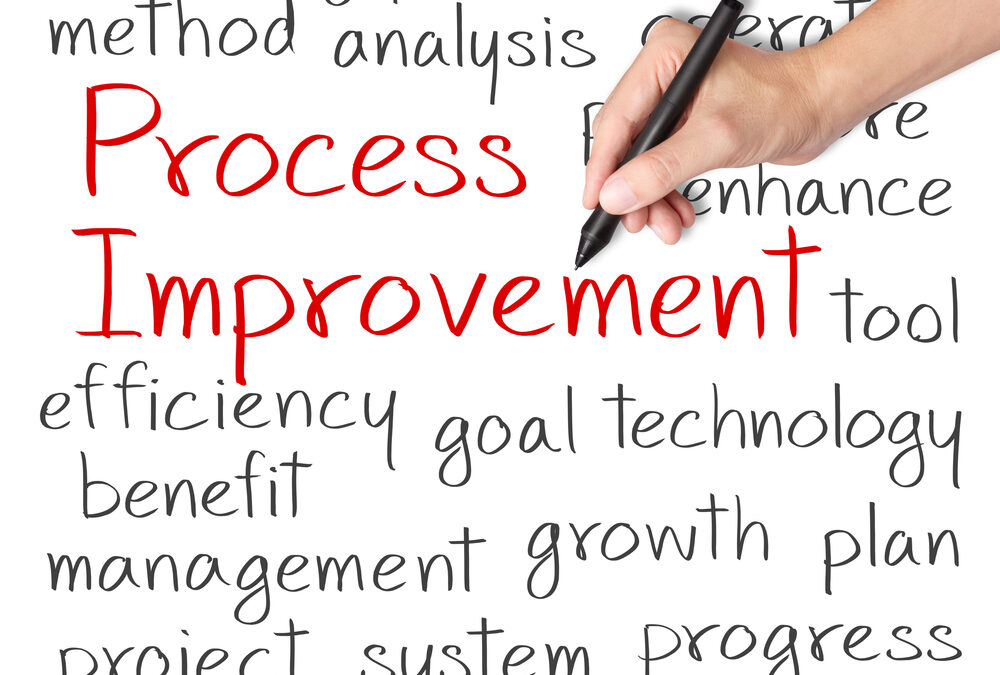
GDPR is a Process Issue
By May 25, 2018 – less than 100 days away – any company doing business with subjects of the European Union must comply with the General Data Protection Regulations (GDPR) stringent rules or face fines up to 4% of revenue. Underpinning the regulations is the principle of “Privacy by design” which means compliance cannot be an add-on, but must be baked into the operational DNA of the organization. It is a process issue as much as a customer data one.

No More AI Winters: Really!!
History teaches us that there were two large AI Winters in the past. One starting in the mid 1970s and another in the late 1980’s There were very clear reasons for the last two AI Winters, but most of the technical and cost issues are gone. The wild card is how humans accept AI this time around. My bet is against another brutal winter. This does not mean there won’t be cold snaps, but a 15-20 year freeze out doesn’t seem likely now.
The First AI Winter:
It was caused by a couple of major factors. The first and foremost was the lack of computer power. The examples that were put forward were “toy” solutions that really did not appeal to the investors at all. This set off a period of infighting about Natural Language Processing (NLP) in the AI community which scared off the investors for a long time.
The Second AI Winter:
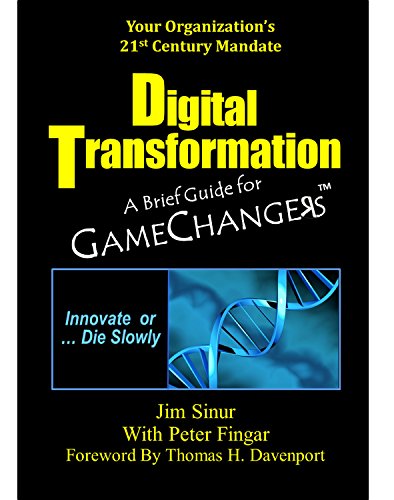
Digital Transformation: A Brief Guide For Game Changers
As Shawn Dubravac wrote in Digital Destiny, “Humanity is entering a new era. Beyond the mere acquisition of ever more digital devices with ever more incredible functionality, the immediate future will usher in the all-digital lifestyle and an ‘Internet of Everything.’ The transformation of our lives will be breathtaking.” Now comes the critical question, what are you, as a leader of your organization going to do –transform, or die a slow, painful death?
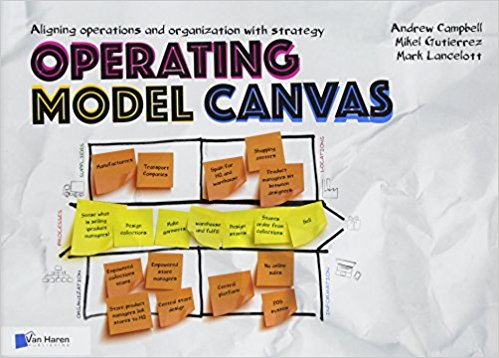
Operating Model Canvas
The journey from strategy to operating success depends on creating an organization that can deliver the chosen strategy. This book, explaining the Operating Model Canvas, shows you how to do this. It teaches you how to define the main work processes, choose an organization structure, develop a high-level blueprint of the IT systems, decide where to locate and how to lay out floor plans, set up relationships with suppliers and design a management system and scorecard with which to run the new organization. The Operating Model Canvas helps you to create a target operating model aligned to your strategy.
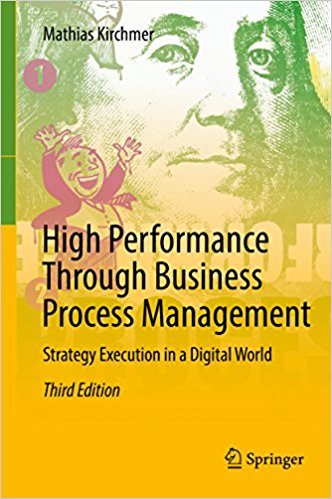
High Performance Through Business Process Management
This management book presents value-driven business process management as a successful discipline to turn strategy into people- and technology-based execution, quickly and at minimal risk. It shows how to achieve high performance successfully in a digital business environment.
Static business models do not keep pace with the dynamic changes in our digital world. Organizations need a management approach that fits this environment and capitalizes on its opportunities while minimizing the related risks. They need to execute their business strategy fast and reliably. In effect, they have to know how and when to modify or enhance their business processes, which processes are the best candidates for intervention, and how to move rapidly from strategy to execution.
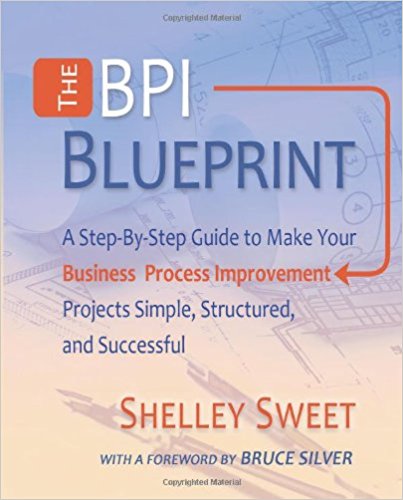
The BPI Blueprint
A Step-By-Step Guide to Make Your Business Process Improvement Projects Simple, Structured, and Successful
The BPI Blueprint provides you with a detailed plan of action to create results the first time, inspire leaders of business processes, and build invigorated skilled teams. So if you’re looking for a simple, no nonsense, guide to help you develop and manage effective Business Process Improvement projects, regardless of your experience-level, you’ve got the right book.
This practical guide tells you exactly what’s required at each phase, such as: Chartering and Staffing, Process Discovery, Process Analysis, Process Design, and Implementation Plan. Plus, modeling, analytical and redesign tools and techniques are explained so you can replicate them. And client examples provide guideposts; demonstrating what works, what doesn’t, and why. All of this enables you to keep your BPI Projects simple, structured and successful.
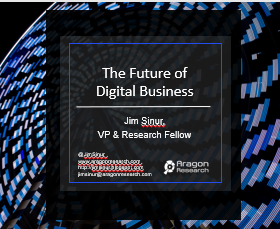
The Future of Digital Business
The top three digital destinations are new business opportunities, better customer loyalty and better business results.
No organization is too big to fail. The avg tenure of a S&P 500 company is forecast to shrink to 14 years by 2026. Large companies are feeling the pressure from customers and competitors to “go digital” more and more everyday.
It starts with digital mini journeys.
Register for this webcast to find out what the top ten fool proof digital mini journeys are.

Essential Skills for Digital Business Leaders
A successful digital business initiative relies upon adopting agile principles, an enduring focus on improving customer experience and executing programs with a business process based view with enabling digital information technology.
Measuring what matters to customers and challenging the current operating model of the business are two important characteristics of digitally mature organizations.
Join Gregg Rock and our leading digital business experts as they discuss the critical skills needed in your digital transformation initiatives:
- Introduction to Digital Business
- by Andrew Spanyi
- Design Thinking Applied
- by Clay Richardson
- Robotic Process Automation
- by Cornelius Pone
- Digital Customer Experience
- by Andrew Spanyi

The Pace Setting Business Architect: Lessons From the Field
You don’t need me to tell you that the pace of disruption and change in business is already immense and is accelerating. The Wall Street Journal several years ago published an interesting comparison of how long it takes for a new product to reach 50 million users. Updates to this have been popping up all over social media recently that demonstrate the acceleration:














